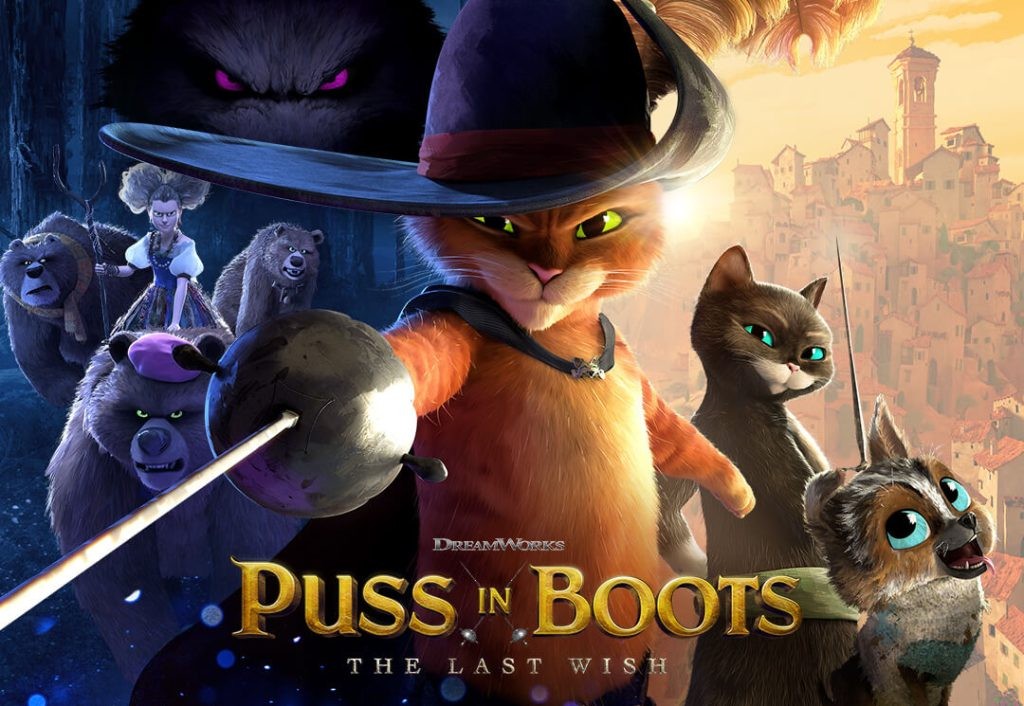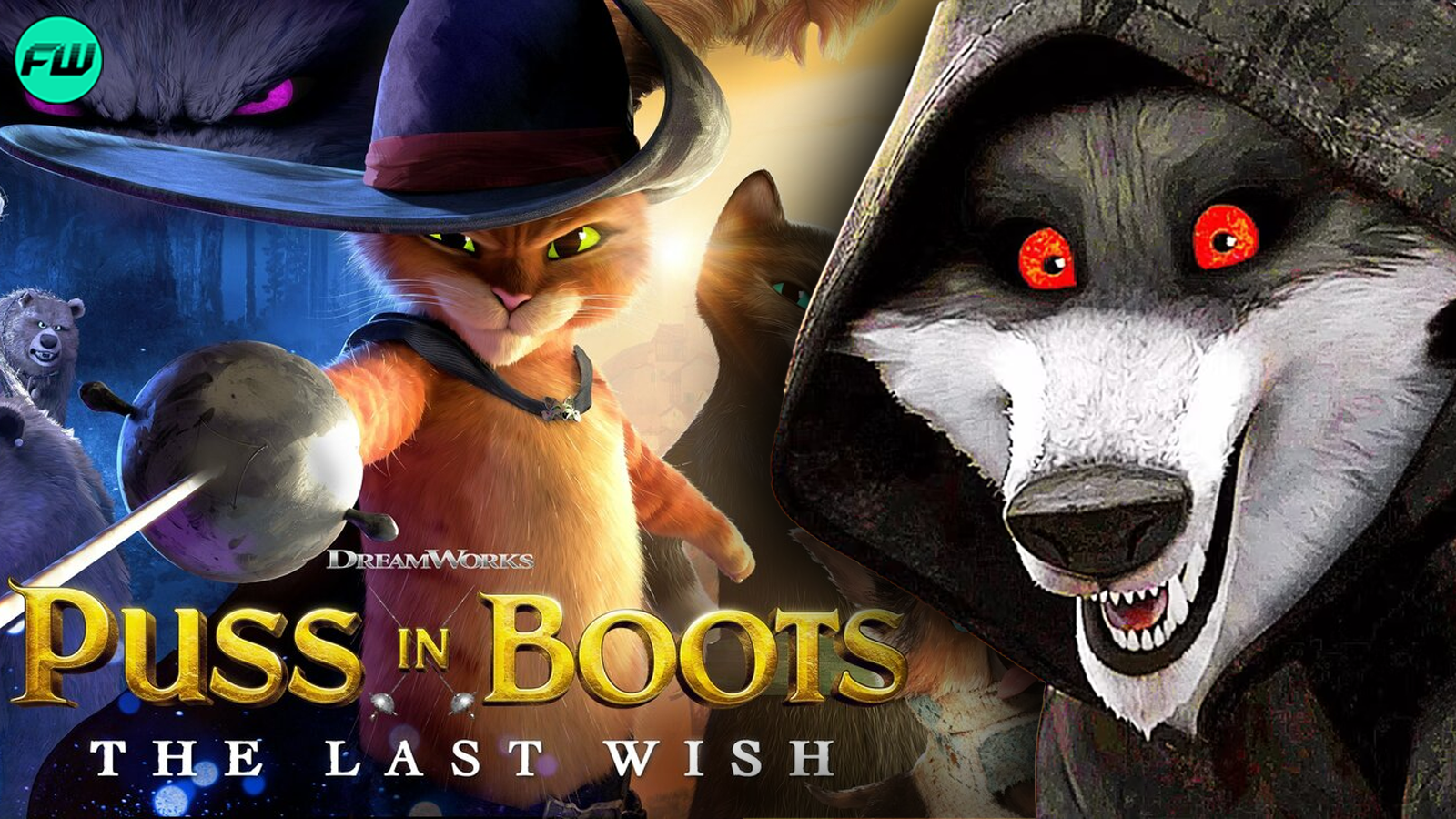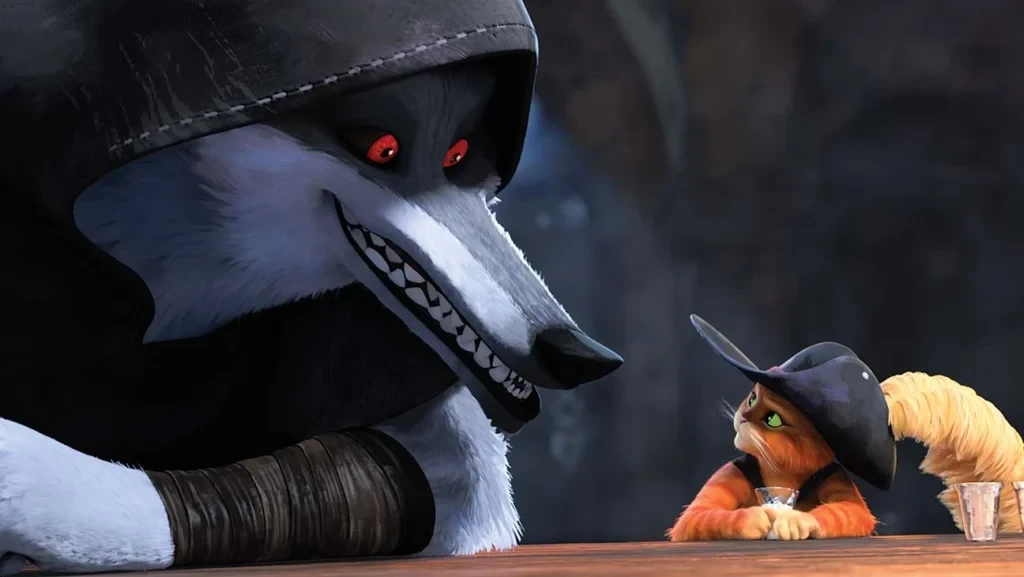Nearly a year ago, Dreamworks Animation released Puss In Boots: The Last Wish. The sequel to the somewhat successful mostly forgotten movie Puss In Boots. ‘Puss In Boots: The Last Wish’, also known as just Puss In Boots 2, follows Puss as he reaches the last of his nine lives. When gaining knowledge about a wishing star, he goes on an ambitious quest to find the star and wish for more lives. Encountering friends and foes along the way.
Upon its release, existing as a sequel to a spinoff of a popular franchise, the public’s expectations of Puss In Boots: The Last Wish weren’t high at all. When the film was released in America on the eleventh of December, 2022 (then elsewhere in other countries and territories), it surprisingly came with positive reviews. Surprising audiences away with its rich storytelling, great characters, and quite shockingly dark moments, Puss In Boots 2 pleased both the young and the old.

Puss In Boots: The Last Wish didn’t just surpass expectations of being more than a movie solely made for selling merchandise. Instead, it was also able to breathe new life into the beloved long-running Shrek franchise. This is evident from the announcement of a Shrek 5 which came shortly after Puss In Boots 2’s release.
From the surprise of the film’s level of quality, ‘Puss In Boots: The Last Wish’ managed to be so memorable that people are still talking about it today (hence my writing about it in this article). The film was obviously very popular for various reasons but one thing in particular made it especially remarkable. I am not talking about its groundbreaking animation or even its redemption of Puss’ character (although those are all fair candidates). The feature that I am talking about that was most popular was one of its three villains: Death.
Puss In Boots’s Great Villain
Acting as the movie’s prime villain, Death, voiced by the excellent yet underrated Wagner Moura, was rightfully seen as a standout to many when Puss In Boots: The Last Wish came out. Seeing the film for yourself you most likely wouldn’t question why Death received this amount of praise and popularity but if someone were not to have seen it and well questioned “why?”. I would simply tell them because he’s a modern example of a great villain.
A rarity in the media today, great villains have been existing in forms of storytelling for centuries. Recognized and loved for their antagonistic traits and most of the time their ability to scare you, Hannibal Lecter from both the 1988 book and 1991 film The Silence of The Lambs is a great example of one. Breaking the norm, the character Hannibal Lecter subverts your expectations of how you think a cannibalistic killer would usually act.
In both the book and film, original writer Thomas Harris gives Hannibal his own wants (wanting to get out of maximum security prison). He then also presents him with unique characteristics such as an intelligent mind for such a deranged person. As well as this, Harris provides Hannibal with relationships. His central relationship in the story is him and the FBI agent in training Clarice Starling. Finally, Harris gives him opinions such as having a disdain for those he perceives as disrespectful. Thomas Harris did all this to make Hannibal Lecter exist to be realistic and unique. Achieving this, Harris makes Lector more significant than other villains alike him, therefore making Hannibal seen as great.
Death in Puss In Boots 2 is a lot like Hannibal. Yes, both stories are significantly different but the characters’ presence in those stories and their effect on the audience afterward stays similar. Death, although one of three villains in the Puss In Boots 2 story, was written not just to make Puss’ journey harder than it already has to be. Like Hannibal, Death was instead also written with opinions (he finds the very idea of a cat having nine lives absurd), objectives (he wants to kill Puss In Boots for good), and then also written with a relationship, he and Puss In Boots of course. As well as this, the character of Death received an add-on of unique visual characteristics such as his horrifying red eyes.
Written similarly, Hannibal and Death received high praise through their theatrical runs. Their praise continued after this via social media. Proving their effect on the audience. Through social media, they and other villains alike are frequently studied with online video essays and articles. This is all thanks to their great writing which, for both cases, brought forms of understanding on why they’re doing what they’re doing.
Seen from their levels of popularity, these writing choices seemed to resonate quite well with audiences in both for years 1991 and 2022. When ‘The Silence of The Lambs’ was released in 1991, Hannibal Lecter instantly became an icon and a staple in pop culture. After the film’s long enough running buzz of popularity, the character still continued to remain relevant. More movies and books began getting released with him being featured. Then later down the road his very own television show as well as countless homages and references was featured on different popular platforms such as Family Guy. We can’t say this for Death just yet, but you can never be sure what the near future will bring.
In conclusion, for a villain to be seen as great in one’s story is to have them serve more than the bare minimum. What makes a great villain in a hero’s story is when they’re written more than in the perspective of being a problem to our hero with an added malicious intent. A writer can of course do this and the character would still be counted as a villain but I find it hard to believe the villain will be remembered as much more than a wicked foe.
To make the villain great you should write them as a compelling character [just like our hero]. Give villains things you would usually give to your hero to try to make them great (wants, opinions, unique characteristics [either visual or not], and relationships). Then write the villain to make a series of awful actions that would 1. intentionally get in the way of our beloved hero’s journey and 2. makes the villain relevant in the story’s plot. Not every story of course has to have a great villain, but if you strive to meet the greatness that stories like Puss In Boots: The Last Wish and The Silence of The Lambs met. Then it would probably be in your best interest to take notes from those stories and reshape your villain to make them something more than just an evil individual eventually put to the side.
Follow us for more entertainment coverage on Facebook, Twitter, Instagram, and YouTube.




